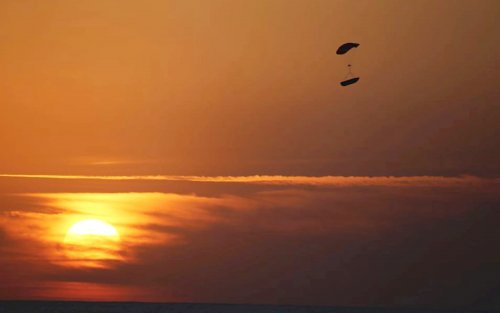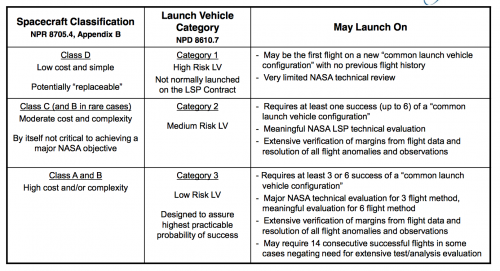- Joined
- 21 January 2015
- Messages
- 10,672
- Reaction score
- 12,316
https://twitter.com/elonmusk/status/989198118666162176?s=20
Considering of course that Dragon is their cargo/manned capsule I imagine there’s more to this statement than meets the eye.
Oh btw I’m building a cyborg dragon
Considering of course that Dragon is their cargo/manned capsule I imagine there’s more to this statement than meets the eye.


